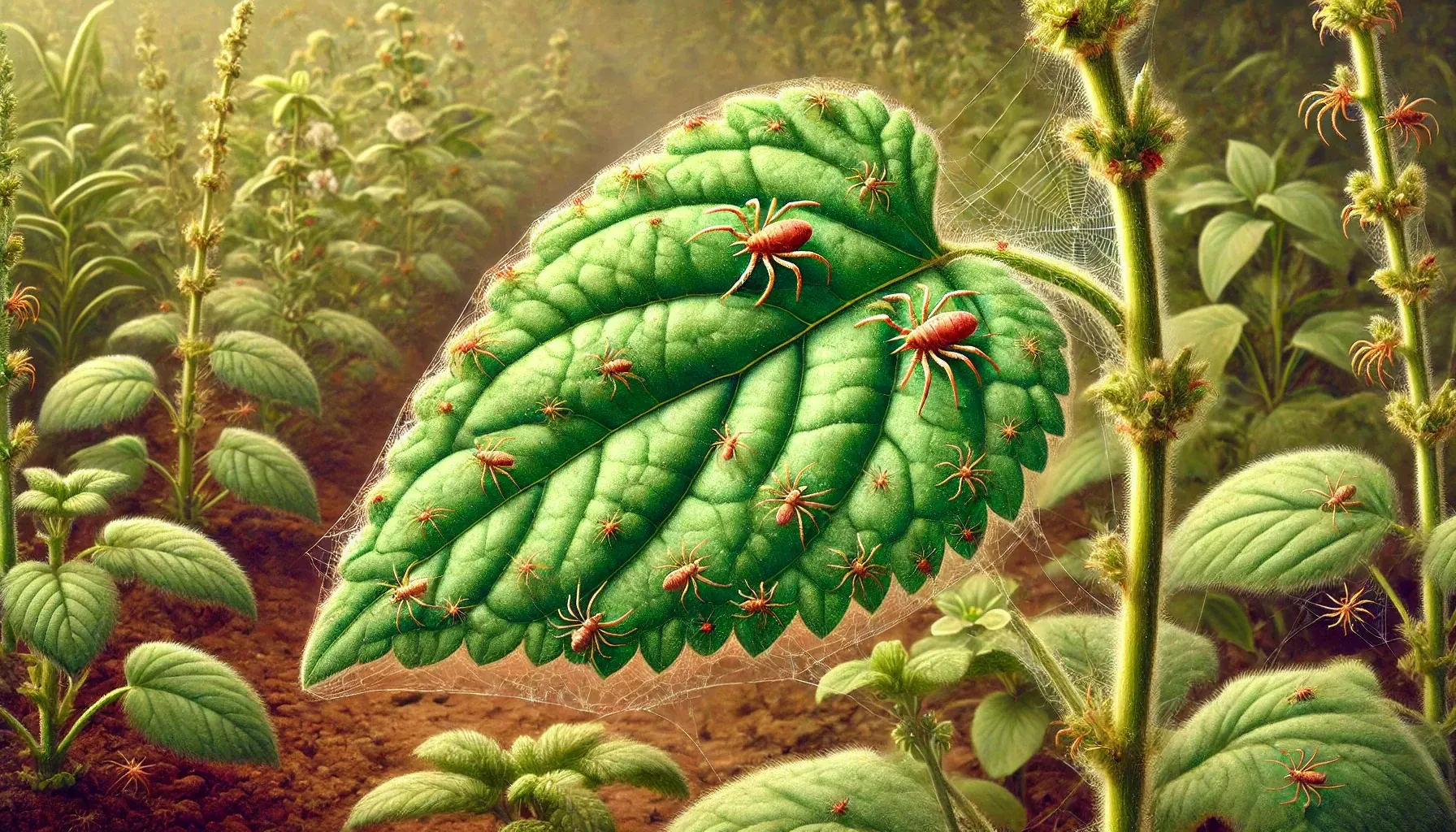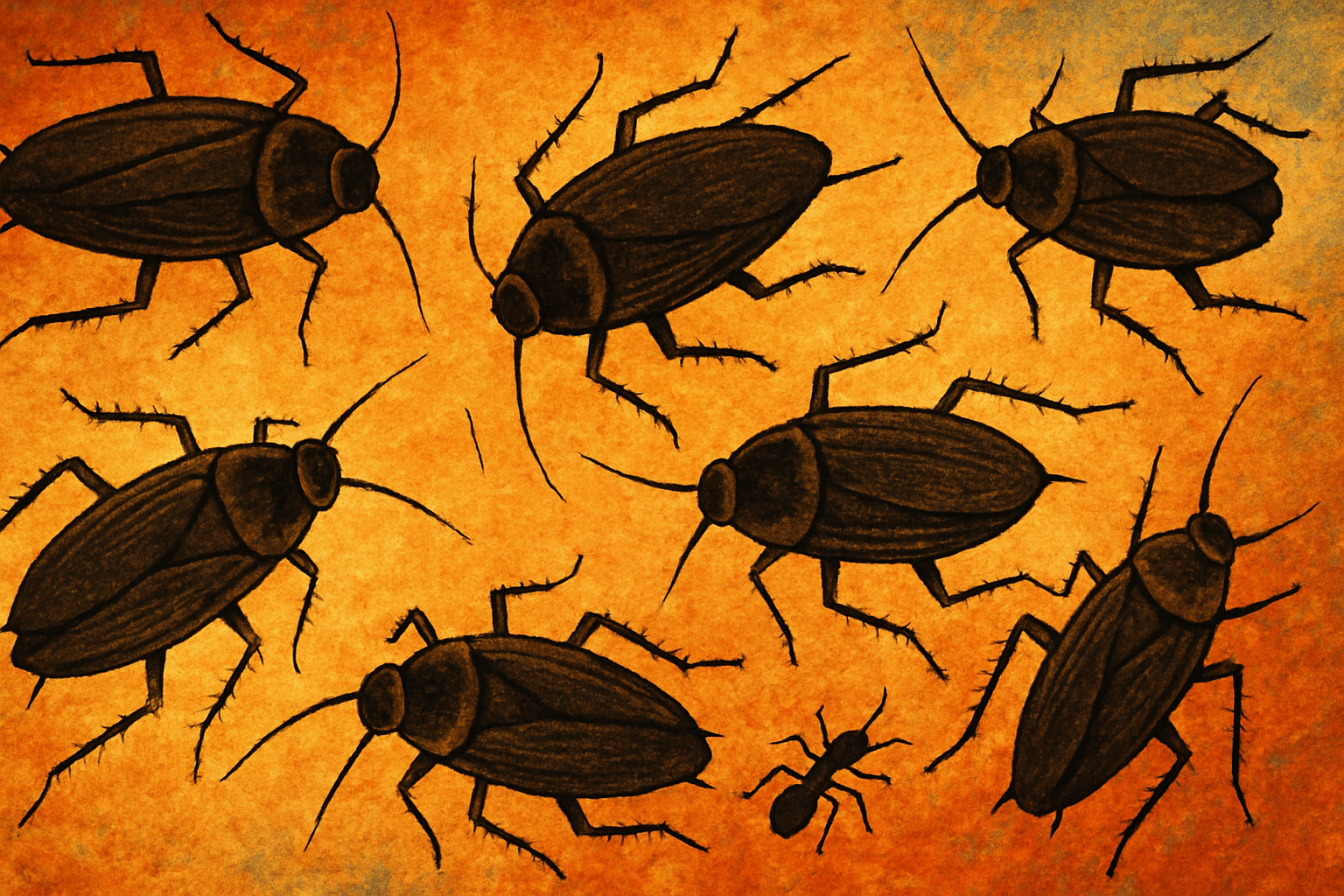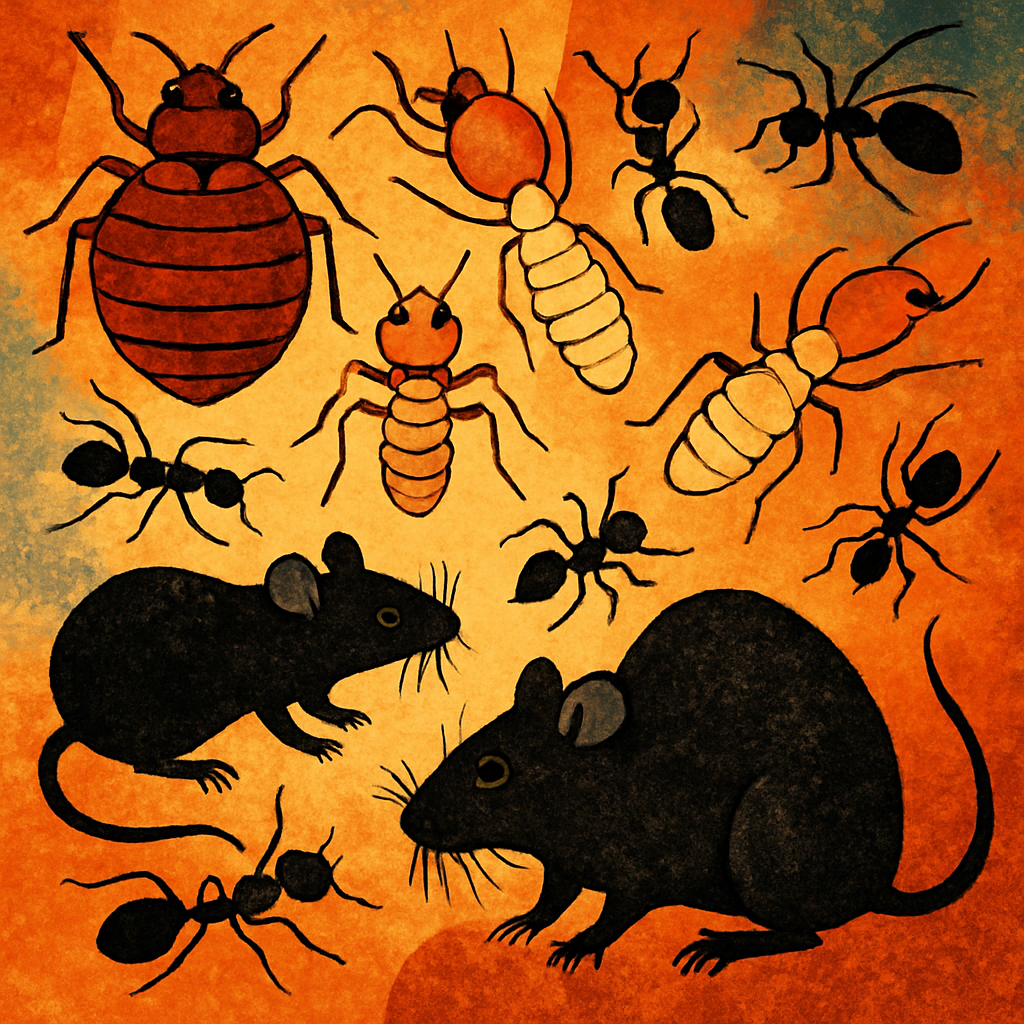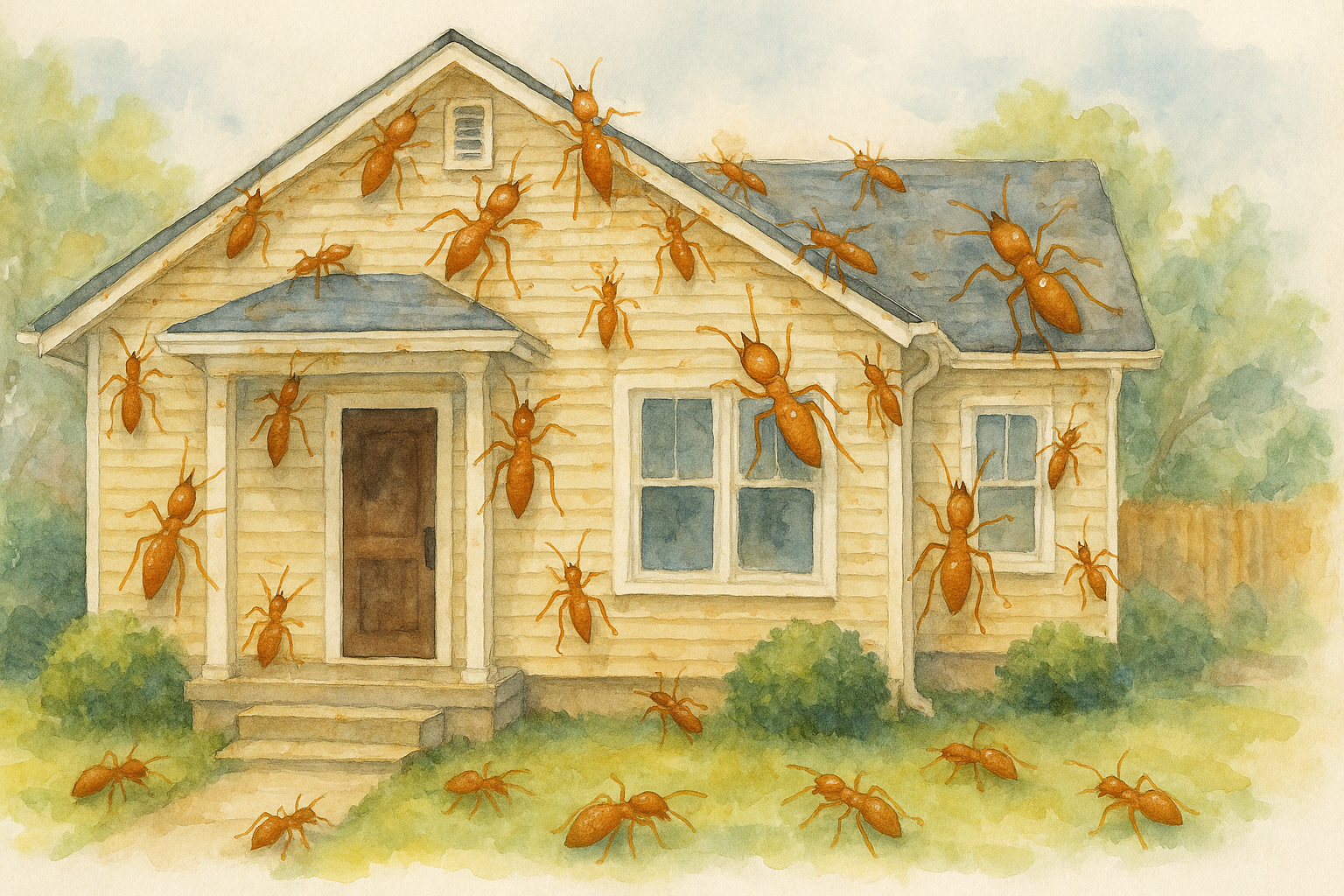Spider mites are tiny arachnids that feed on plant sap and are notorious pests in agriculture, gardens, and greenhouses. While they primarily pose a danger to plants, they can also cause allergic reactions in some people, particularly those working in agriculture or who come into contact with infested plants. Spider mites are not directly harmful to humans in the way that some venomous spiders are, but their presence can still be problematic under certain conditions.

Danger to Plants
Spider mites are dangerous to plants because they feed on the chlorophyll in plant cells, causing leaves to turn yellow, brown, or even die off. This damage can significantly reduce the health and productivity of plants, especially in crops. In fact, spider mites are considered a serious agricultural pest due to their ability to decimate entire crops of vegetables, fruit trees, and ornamental plants (Villarroel et al., 2016). Their rapid reproduction rates and resistance to pesticides also make them difficult to control.
Allergic Reactions
Spider mites can cause respiratory or contact allergies in some individuals, particularly those who work closely with infested plants, such as fruit farmers and greenhouse workers. According to a systematic review, approximately 22.9% of individuals exposed to spider mites develop sensitivity, with symptoms ranging from mild allergic rhinitis to more severe asthma in some cases (Zhou et al., 2018).
Spider Mite Allergy and Asthma
In some cases, spider mites have been linked to allergic asthma, particularly in individuals who work in agriculture or live near fruit orchards. Studies have shown that spider mites can act as significant allergens, particularly for those exposed to large infestations over time. In fruit-growing regions, spider mites have been shown to contribute to asthma and allergic reactions among farmers and even non-farming populations exposed to the pests (Kim & Kim, 2002).
Conclusion
While spider mites are not dangerous in the traditional sense, as they don’t bite or sting humans, their impact on plant health and their ability to cause allergic reactions make them a serious concern in agricultural and garden settings. Controlling spider mite infestations can help protect both crops and the health of those who may be exposed to them over time.
Works Cited
Kim, Y., & Kim, Y. Y. (2002). Spider-mite allergy and asthma in fruit growers. Current Opinion in Allergy and Clinical Immunology, 2, 103-107. https://journals.lww.com/co-allergy/abstract/2002/04000/spider_mite_allergy_and_asthma_in_fruit_growers.4.aspx.
Villarroel, C., Jonckheere, W., Alba, J. M., Glas, J., Dermauw, W., Haring, M., Van Leeuwen, T., Schuurink, R., & Kant, M. (2016). Salivary proteins of spider mites suppress defenses in Nicotiana benthamiana and promote mite reproduction. The Plant Journal, 86(2), 119-131. https://onlinelibrary.wiley.com/doi/10.1111/tpj.13152.
Zhou, Y., Jia, H., Zhou, X., Cui, Y., & Qian, J. (2018). Epidemiology of spider mite sensitivity: A meta-analysis and systematic review. Clinical and Translational Allergy, 8, 1-7. https://ctajournal.biomedcentral.com/articles/10.1186/s13601-018-0209-8.
Contact Today For $100 Off Your Initial Service!
⭐⭐⭐⭐⭐
Backed by our Bigfoot Guarantee!
What Customers Are Saying:
"Everyone from Bigfoot is awesome. They are always on time. They're extremely thorough. I've not had a single issue in the two years they have been treating our home. Well worth it!"
T. Potter | Meridian, ID






